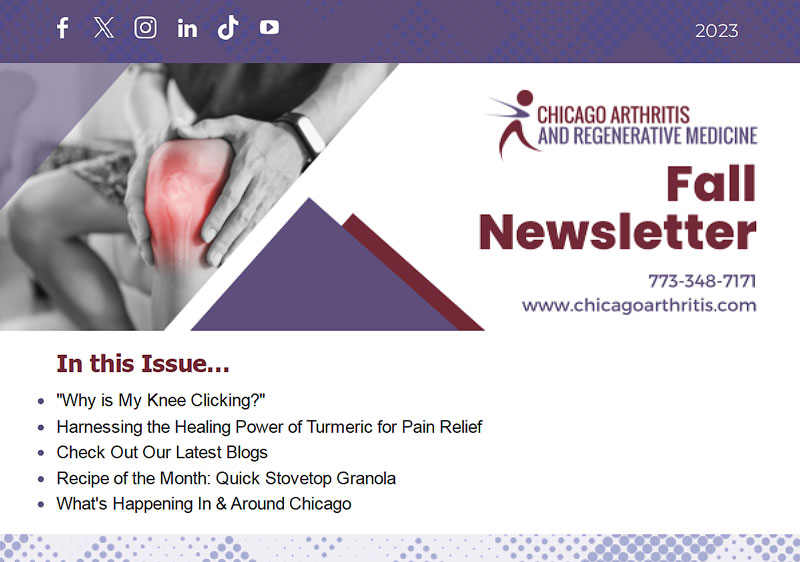When it comes to seeking help for musculoskeletal conditions, one of the biggest problems is balancing symptom management against the potential for complications. As a patient, it’s easy to become skeptical and worry that the cure might present more...
When it comes to seeking help for musculoskeletal conditions, one of the biggest problems is balancing symptom management against the potential for complications. As a patient, it’s easy to become skeptical and worry that the cure might present more problems than the condition itself. In particular, the use of Transcatheter Arterial Embolization to treat tennis elbow has brought this issue into the spotlight.
Transcatheter Arterial Embolization is an invasive procedure that involves destroying the arteries that supply nerves and tissues in the elbow region, and it can be effective in providing pain relief. However, in destroying the arteries, this treatment limits blood supply to your tendons and nerves, potentially inflicting other long-term side effects as well.
As a patient, you should always weigh the validity of any given treatment against the possibility that a similar result might be achieved through less invasive means.
Proponents of invasive or potentially destructive treatments like transcatheter arterial embolization argue that the pain relief it provides does not require physical therapy to be effective, yet this is not sufficient justification for the potential harm such a procedure might inflict. Additionally, physical therapy is an important component of any recovery process designed to restore function, and you should not avoid it in the first place!
For treatment of tennis elbow, promising data suggests a better solution: the use of Platelet Rich Plasma.
How Does PRP Work?
Platelet-rich plasma injections involve drawing a small amount of your blood, concentrating its platelets, and injecting it into an afflicted area. PRP treatment for tennis elbow requires an injection of the high-concentration platelets into the tendons at the side of your elbow and often the ligaments as well. This has been shown to be effective for pain reduction and improved function, eliminating the need for potentially harmful invasive procedures.
Two Studies Support the Conclusion That PRP is a Safe, Effective Solution:
Allan Mishra’s study in 2006 concluded that PRP injections were effective in treating chronic elbow tendinosis. It included 50 patients with chronic elbow tendinosis who were randomized to receive either PRP or placebo injections. The patients were monitored for six months, and results showed that the PRP group had a significant improvement in pain and function compared to the placebo group. Thoger Krogh’s 2013 study, analyzing the use of saline, glucocorticoid, and PRP injections in treating tennis elbow, found that pain reduction at a three-month primary endpoint was observed in all three groups, including PRP injections.It’s crucial to note that glucocorticoids, as steroidal hormones, feature some of the same risks associated with steroidal treatments in general. For example, although it has been found that corticosteroid injections can provide short-term relief by reducing inflammation in elbow tendinitis, potential side effects like tendon weakening can occur, inhibiting long-term efficacy.
These studies are just two examples of the growing body of evidence that supports the use of PRP injections for the treatment of elbow tendinitis. PRP injections are a safe and effective treatment option that can provide significant relief from pain and improve function. If you’re suffering from tennis elbow, we hope you’ll consider it. You won’t regret it.
At Chicago Arthritis and Regenerative Medicine, we offer the most advanced non-surgical musculoskeletal treatments. Our next-generation regenerative medicine procedures and pain relief technologies are used to treat a wide variety of conditions arising from sports injuries, arthritic diseases, tendonitis, overuse injuries, and back pain.
















